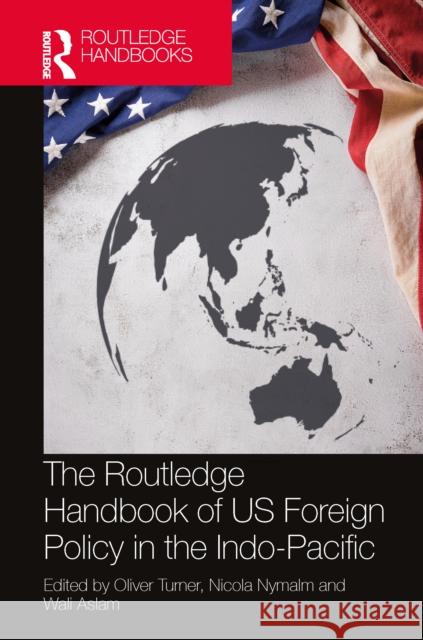The Routledge Handbook of Us Foreign Policy in the Indo-Pacific » książka
topmenu
The Routledge Handbook of Us Foreign Policy in the Indo-Pacific
ISBN-13: 9780367863142 / Angielski / Twarda / 2022 / 560 str.
The Routledge Handbook of Us Foreign Policy in the Indo-Pacific
ISBN-13: 9780367863142 / Angielski / Twarda / 2022 / 560 str.
cena 1022,24
(netto: 973,56 VAT: 5%)
Najniższa cena z 30 dni: 982,29
(netto: 973,56 VAT: 5%)
Najniższa cena z 30 dni: 982,29
Termin realizacji zamówienia:
ok. 22 dni roboczych
Bez gwarancji dostawy przed świętami
ok. 22 dni roboczych
Bez gwarancji dostawy przed świętami
Darmowa dostawa!
This handbook provides a comprehensive survey of US foreign policy throughout the Indo-Pacific.











